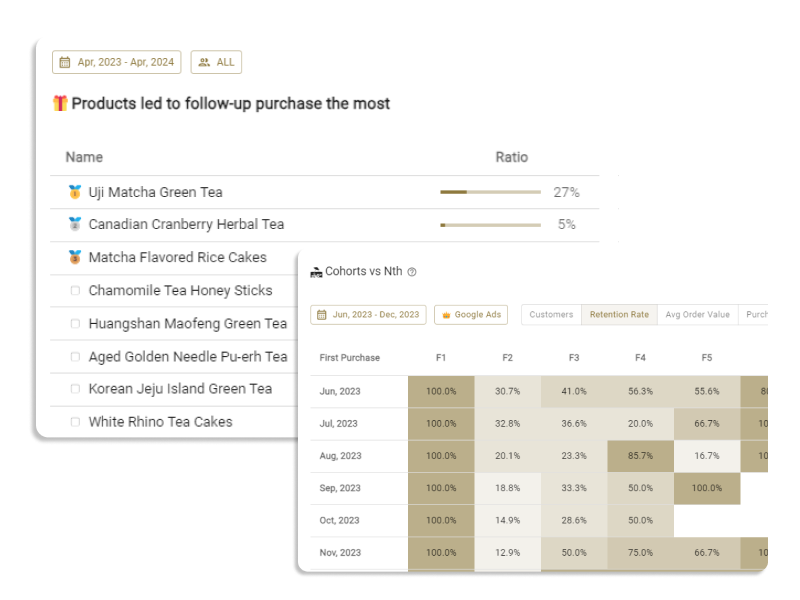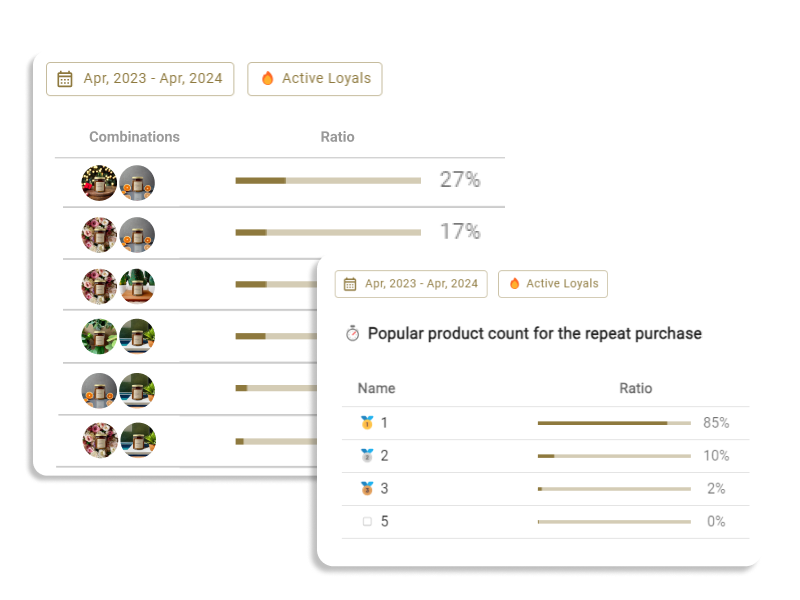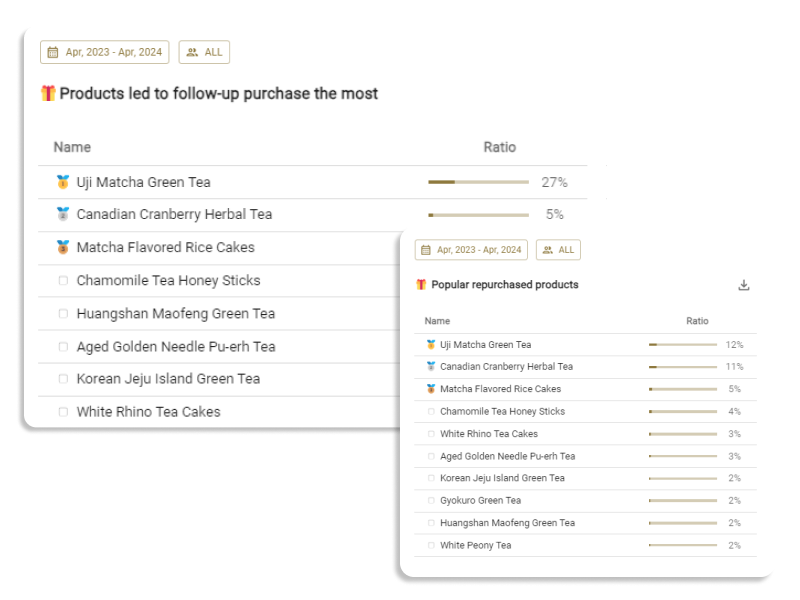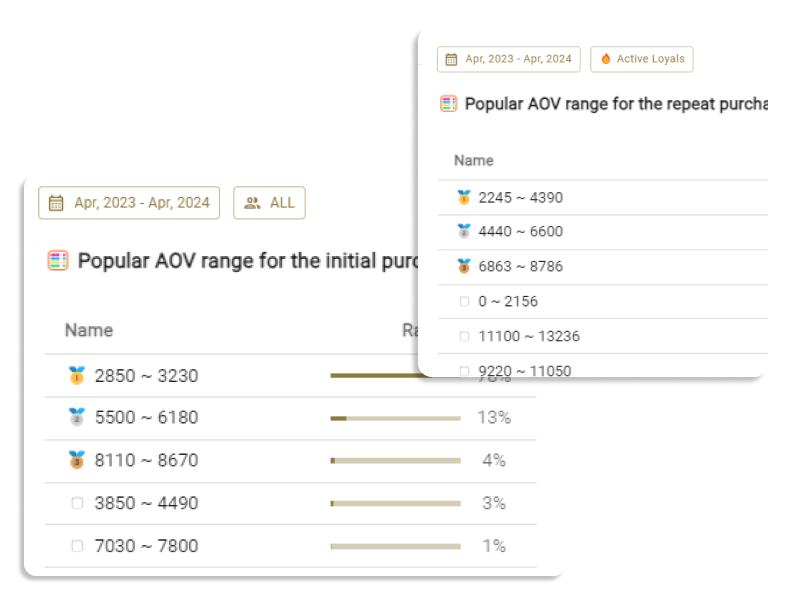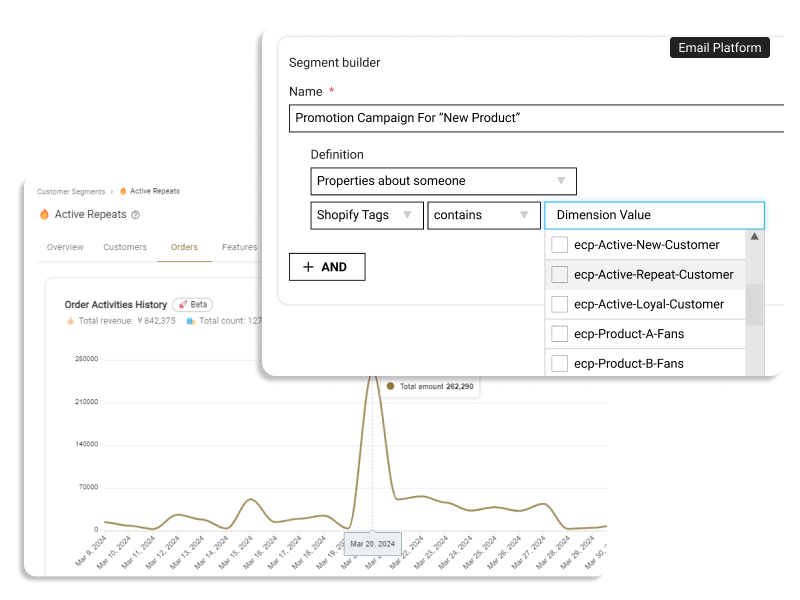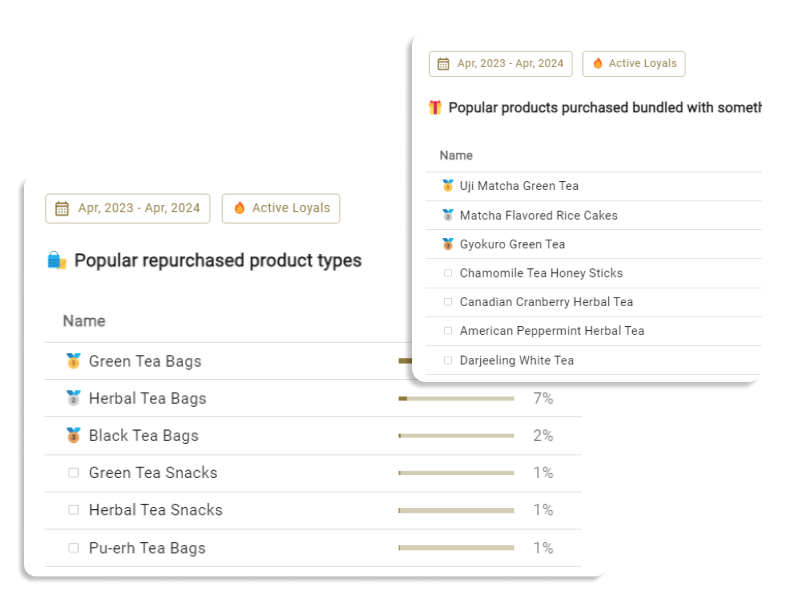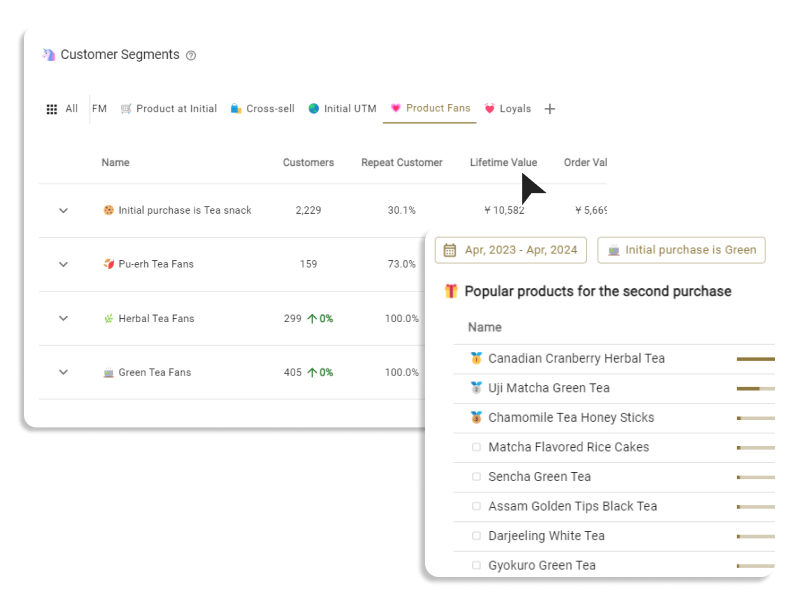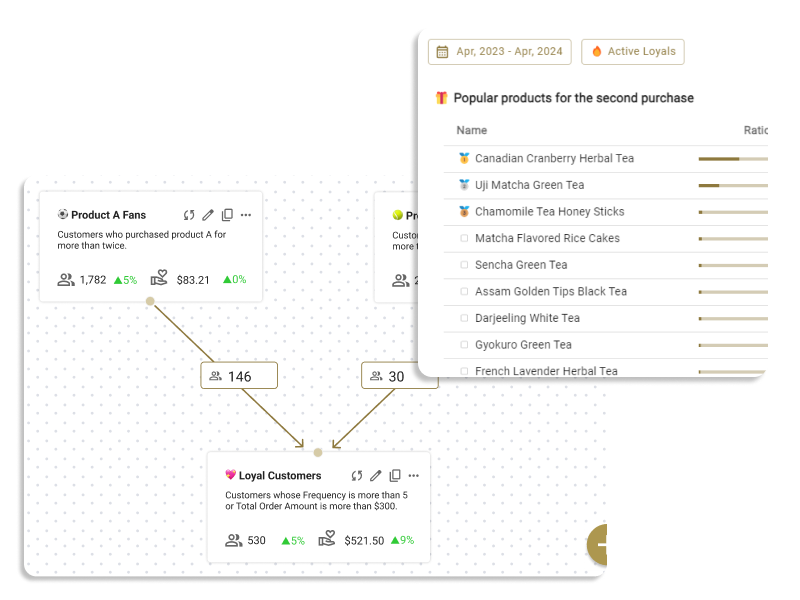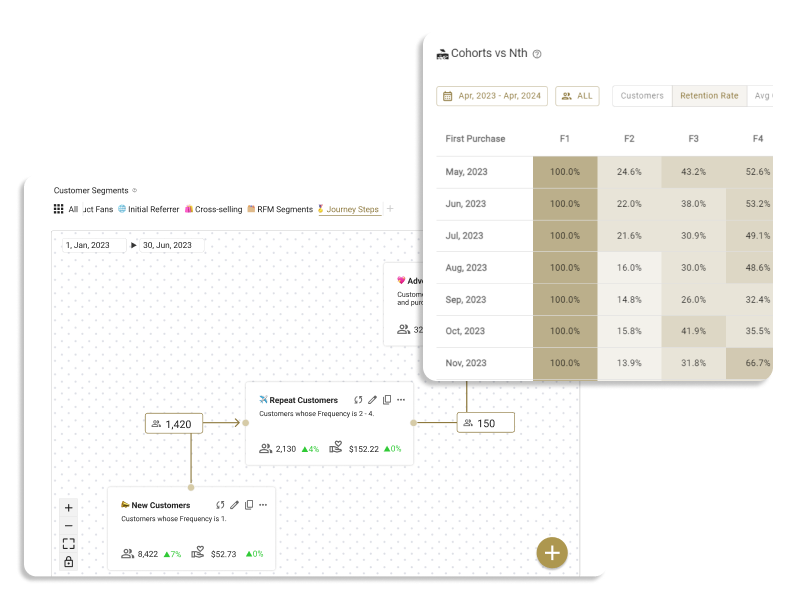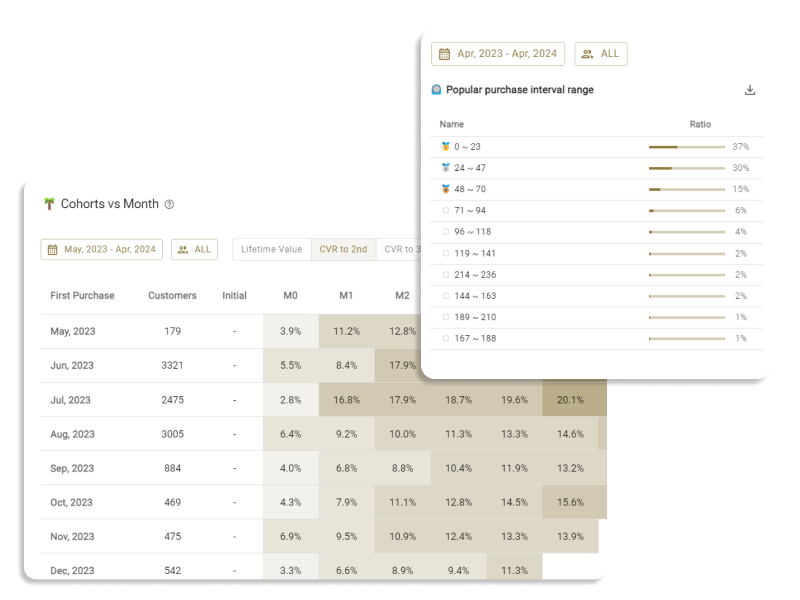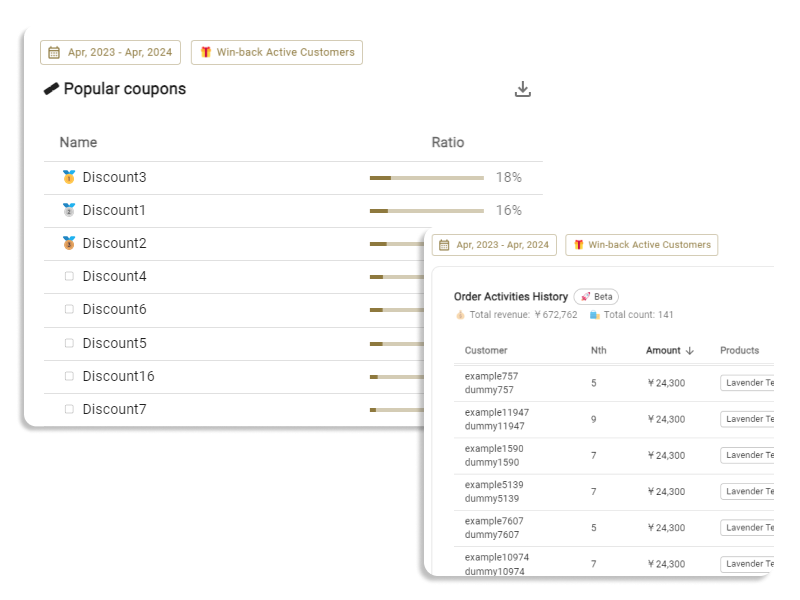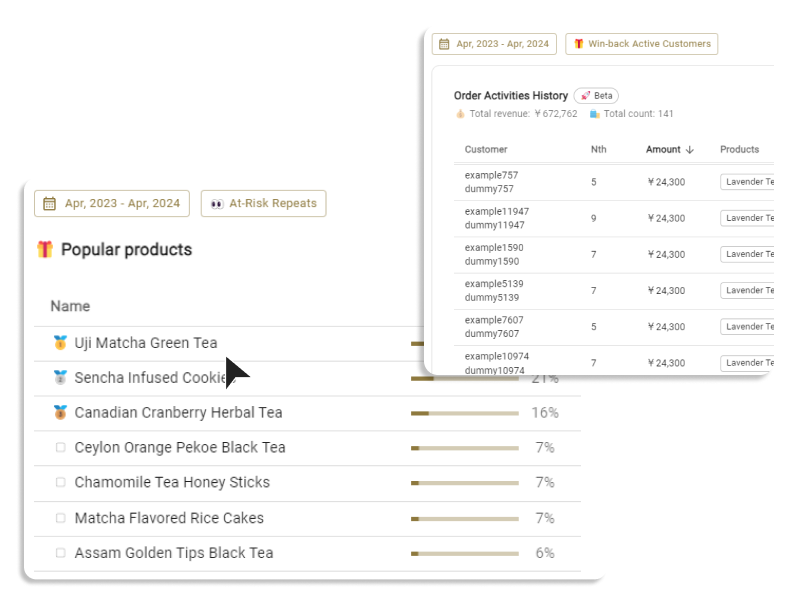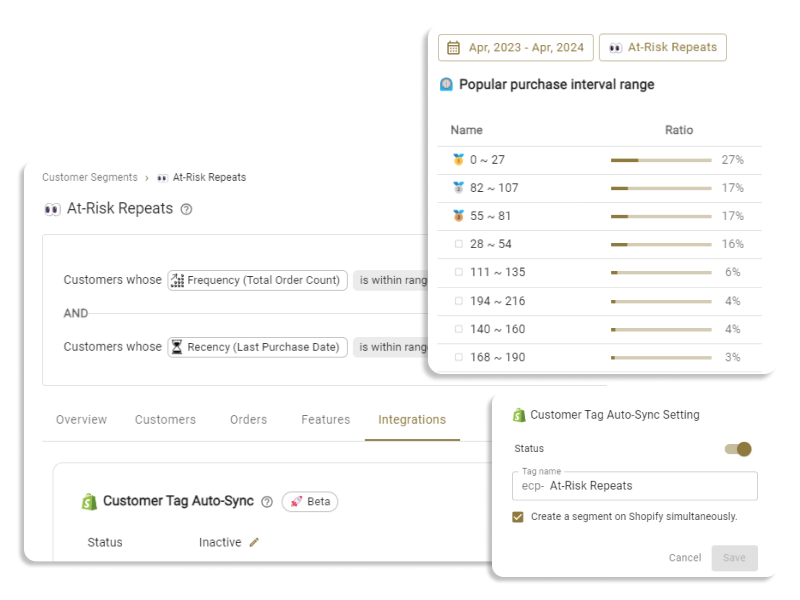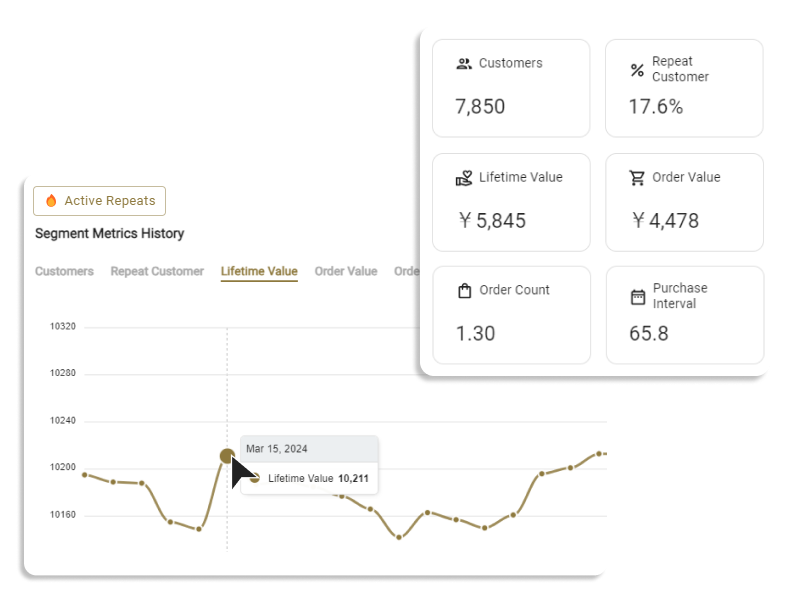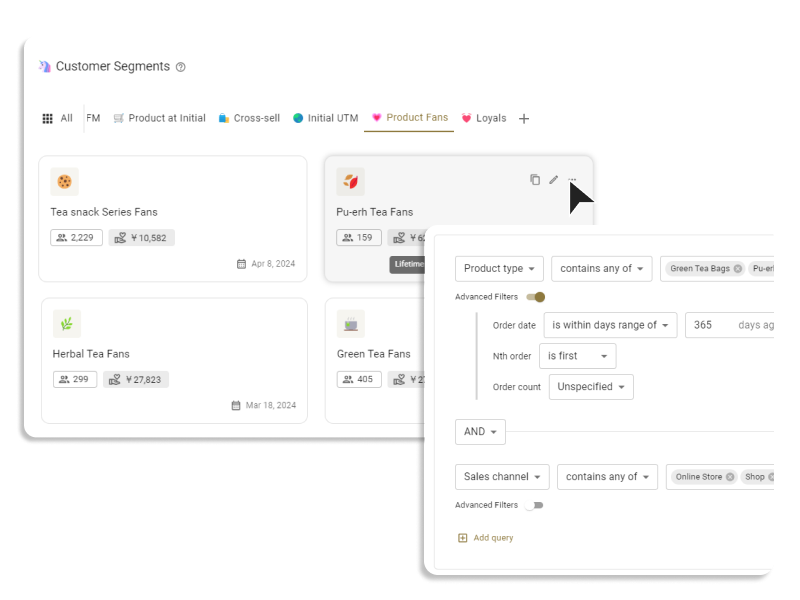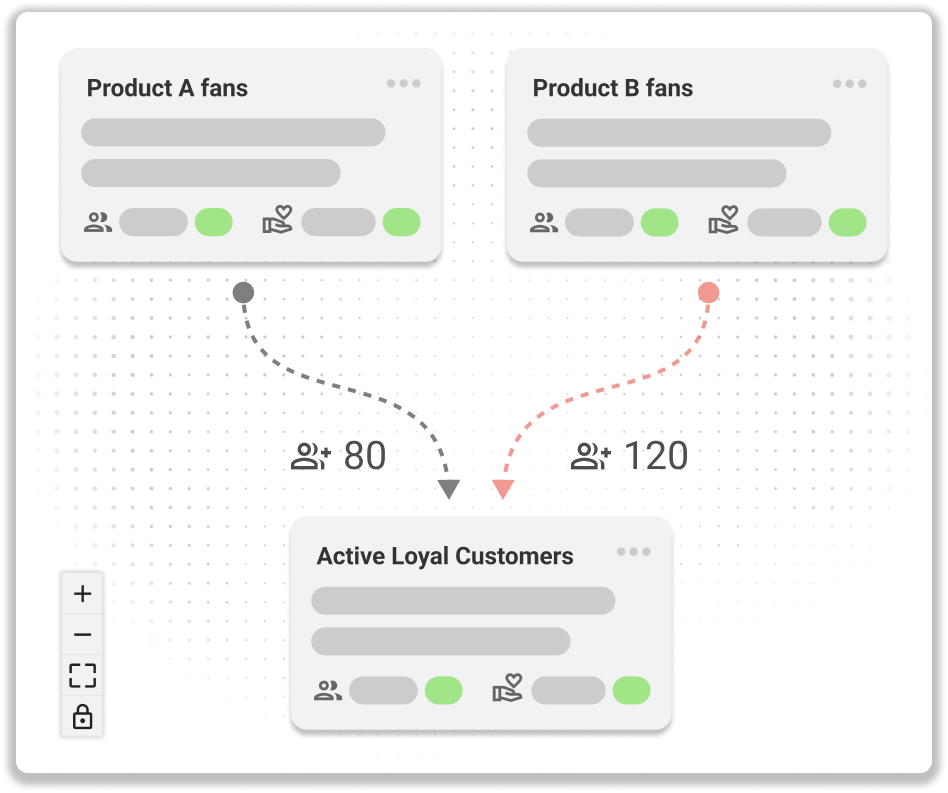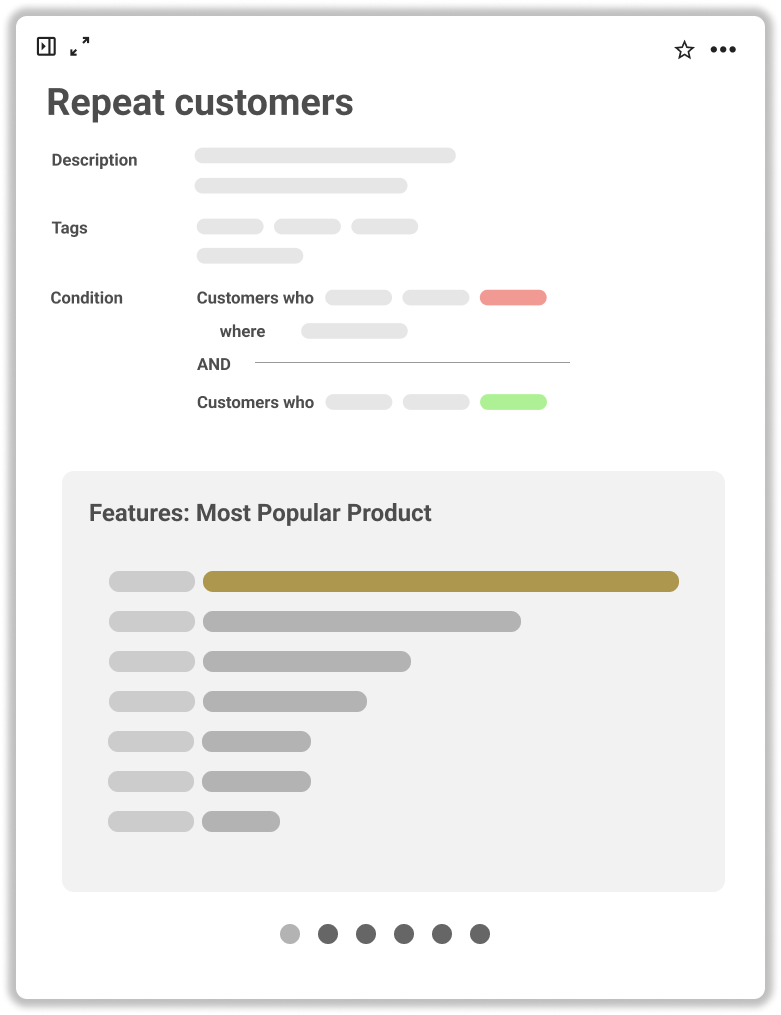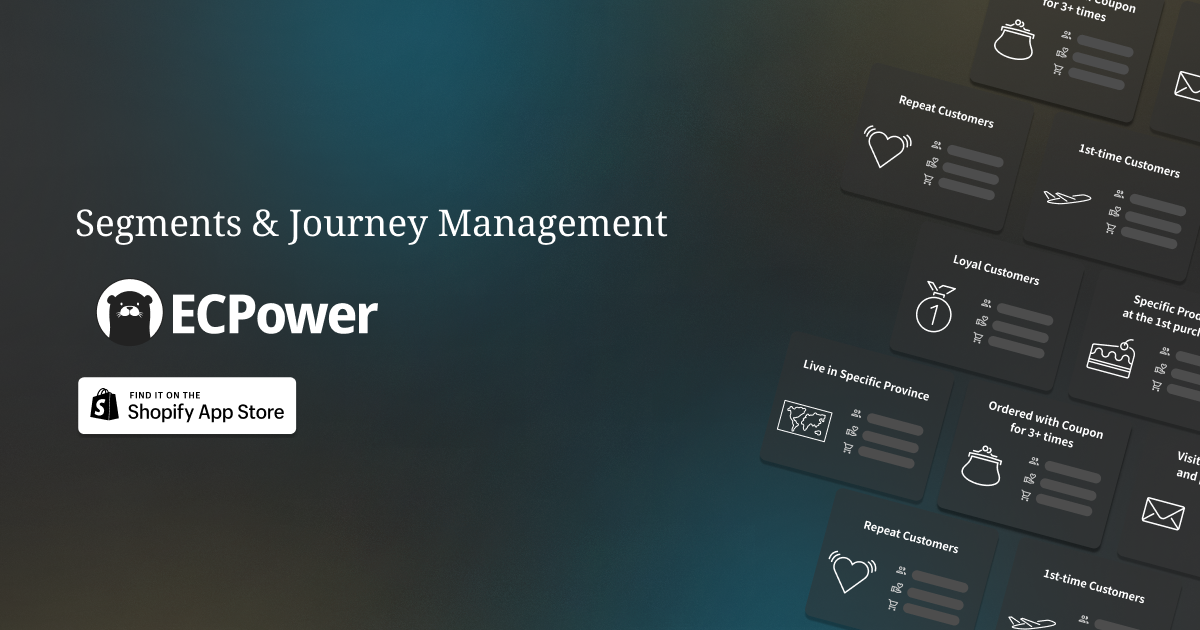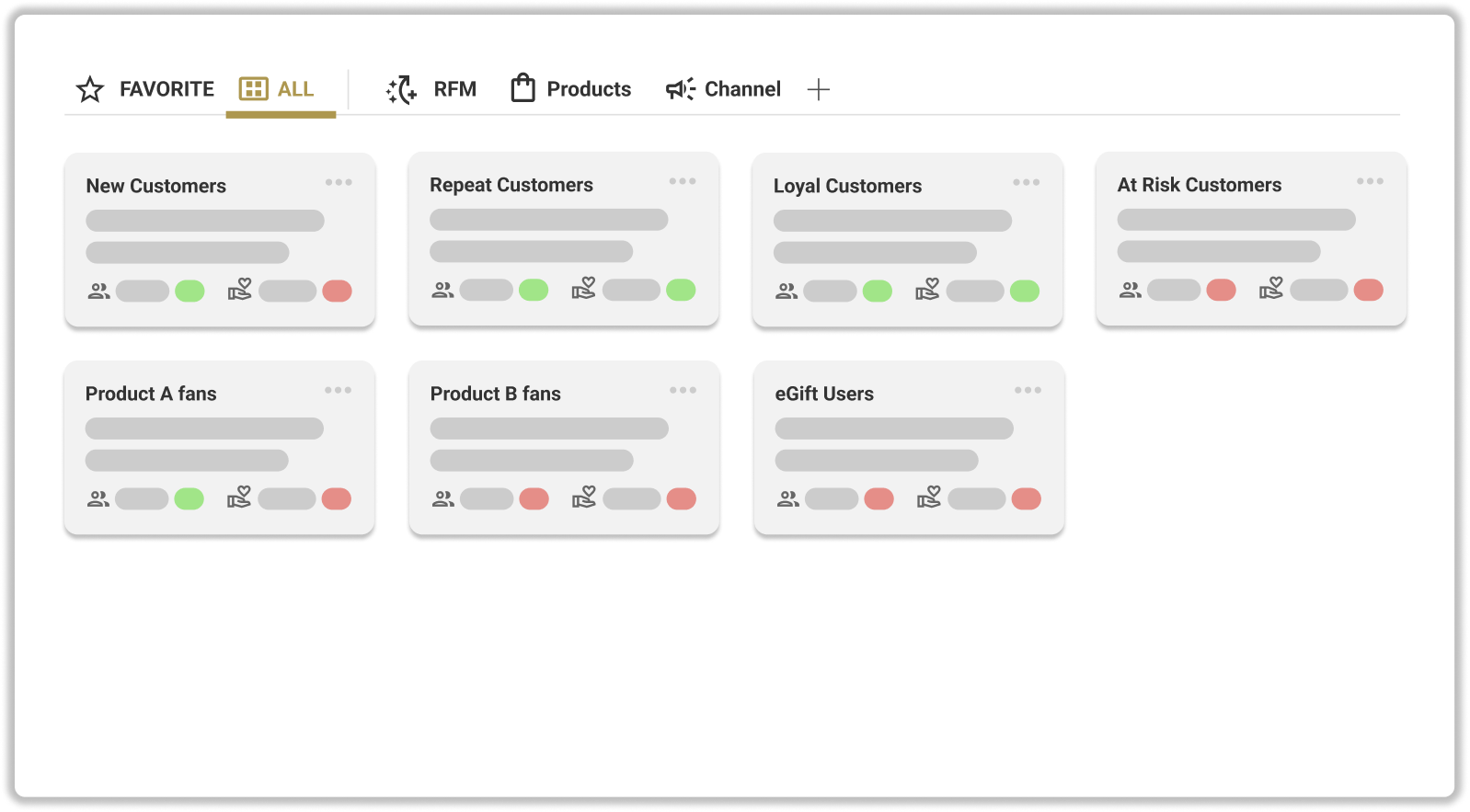Introduction
eCommerce businesses need effective strategies to retain customers and maximize their lifetime value (CLV). One proven method is the implementation of a Loyalty Program. In this article, we'll explain the importance of Loyalty Programs in eCommerce, their benefits, and examples of successful programs. We will also discuss points to consider when implementing a Loyalty Program for your eCommerce business.
What is Loyalty Program?
A Loyalty Program is a marketing strategy designed to reward customers for their loyalty and continued patronage. These programs typically offer special deals, discounts, and incentives to members, encouraging them to engage with the brand and make repeat purchases. The main goal of a Loyalty Program is to increase customer retention, boost revenue, and differentiate your brand from competitors.
Merit of Loyalty Program in eCommerce
There are several benefits of implementing a Loyalty Program in eCommerce, including:
Increased customer lifetime value and repeat purchases:
By rewarding customers for their loyalty, you encourage them to continue shopping with your brand, increasing their lifetime value (CLV). Customers who are part of a loyalty program are more likely to make repeat purchases and spend more per transaction, contributing to your overall revenue growth.
Higher revenue:
Loyalty Programs can result in higher revenue, as they encourage customers to spend more to unlock rewards or advance to higher tiers. Additionally, loyal customers are less price-sensitive, meaning they're more likely to choose your brand over a competitor with lower prices.
Encouragement of word-of-mouth advertising:
Customers who feel valued by a brand are more likely to refer their friends and family, leading to organic word-of-mouth advertising. Loyalty Programs can provide incentives for customers to share their positive experiences with others, leading to new customer acquisitions without additional marketing costs.
Differentiation from competitors:
In a highly competitive eCommerce landscape, a well-designed Loyalty Program can help you stand out from the competition. By offering unique rewards and personalized experiences, you can create a strong brand identity and foster customer loyalty, making it more difficult for competitors to lure your customers away.
Building customer loyalty:
Loyalty Programs not only reward customers for their repeat business but also create an emotional connection between customers and your brand. By offering exclusive benefits and personalized experiences, you can strengthen your relationship with customers and increase their commitment to your brand.
Demonstrating customer appreciation:
By implementing a Loyalty Program, you show your customers that you value and appreciate their business. This recognition can go a long way in fostering a positive relationship and ensuring customers feel valued, which can contribute to long-term loyalty and advocacy.
Improved customer retention:
Customer retention is essential for the success of any eCommerce business, as it's more cost-effective to retain existing customers than to acquire new ones. Loyalty Programs can improve customer retention by providing incentives and rewards that encourage customers to continue shopping with your brand, ultimately leading to increased profitability.
Why is Loyalty Program important for increasing eCommerce customer lifetime value (CLV)?
Loyalty Programs help increase customer lifetime value (CLV) by fostering long-term relationships with customers. CLV is a key metric that calculates the revenue generated by a customer throughout their relationship with your eCommerce business. By improving customer retention and encouraging repeat purchases, Loyalty Programs directly impact the bottom line.
Some of the factors that demonstrate the value of loyal customers include:
- Higher retention rates
- Lower price sensitivity
- Increased annual spend
- Reduced marketing costs
- More referrals
Examples of Loyalty Program in eCommerce
There are four main types of Loyalty Programs suitable for eCommerce businesses:
Points Programs:
Customers earn points for their purchases and other activities, such as sharing on social media, completing a profile, or subscribing to a newsletter. Points can be redeemed for rewards, discounts, or exclusive items. Examples include airline and hotel points programs, as well as Starbucks Rewards.
Paid Programs:
Customers pay an annual fee to gain exclusive access to member privileges, such as discounts, free shipping, or special events. Amazon Prime is a prime example of a successful paid loyalty program.
Tiered Loyalty Programs:
Customers can progress through different membership levels, each offering better benefits and privileges. This can be combined with a points program, as seen in the Sephora Beauty Insider program.
Universal Loyalty Programs:
Members enjoy traditional loyalty program benefits across multiple brands. Examples include FLX Rewards, which unites Foot Locker, Kids Foot Locker, Footaction, Champs Sports, and Eastbay in a single program.
Points to Implement Loyalty Program in eCommerce
When implementing a Loyalty Program for your eCommerce business, consider the following points:
Identify your target audience:
To create a successful Loyalty Program, you need to understand your target audience's preferences and needs. Analyze your customer base and segment them based on factors such as age, gender, purchase history, and location. This will help you tailor your program to meet their specific requirements and increase customer satisfaction.
Choose the right type of Loyalty Program:
There are several types of Loyalty Programs, such as points-based programs, tiered programs, paid membership programs, and universal loyalty programs. Assess the pros and cons of each type and choose the one that best suits your business model and customer preferences.
Create a clear and simple structure:
Ensure that your Loyalty Program is easy to understand and participate in. Avoid complicated rules and requirements that might confuse customers. Create a simple and transparent points system or tier structure that customers can easily follow and engage with.
Offer attractive and relevant rewards:
Choose rewards that are both valuable and relevant to your customers. Offer a variety of rewards, such as discounts, free shipping, exclusive products, or early access to sales. Keep in mind that the rewards should be attainable and should provide a sense of achievement to your customers.
Promote your Loyalty Program effectively:
Make sure your customers are aware of your Loyalty Program and its benefits. Use various marketing channels such as email, social media, and your website to promote the program. Create targeted campaigns to encourage existing customers to join and new customers to consider joining.
Track and analyze the performance of your Loyalty Program:
Regularly monitor the performance of your Loyalty Program to identify areas for improvement. Track metrics such as customer retention rate, average order value, and the number of referrals generated. Analyze the data to make informed decisions on how to enhance your program and maximize its impact on your eCommerce business.
Continuously update and improve your Loyalty Program:
To maintain customer interest and engagement, regularly update your Loyalty Program with new rewards, benefits, and promotions. Listen to customer feedback and make necessary adjustments to ensure the program remains relevant and appealing to your audience.
Summary
Loyalty Programs play a crucial role in improving the CLV of eCommerce customers by increasing customer retention, encouraging repeat purchases, and fostering brand loyalty. By understanding the importance of Loyalty Programs and implementing them effectively in your eCommerce business, you can enhance customer satisfaction, differentiate your brand from competitors, and ultimately increase your revenue. Carefully consider the points mentioned above when creating and managing your Loyalty Program to ensure its success and long-term impact on your eCommerce business.



